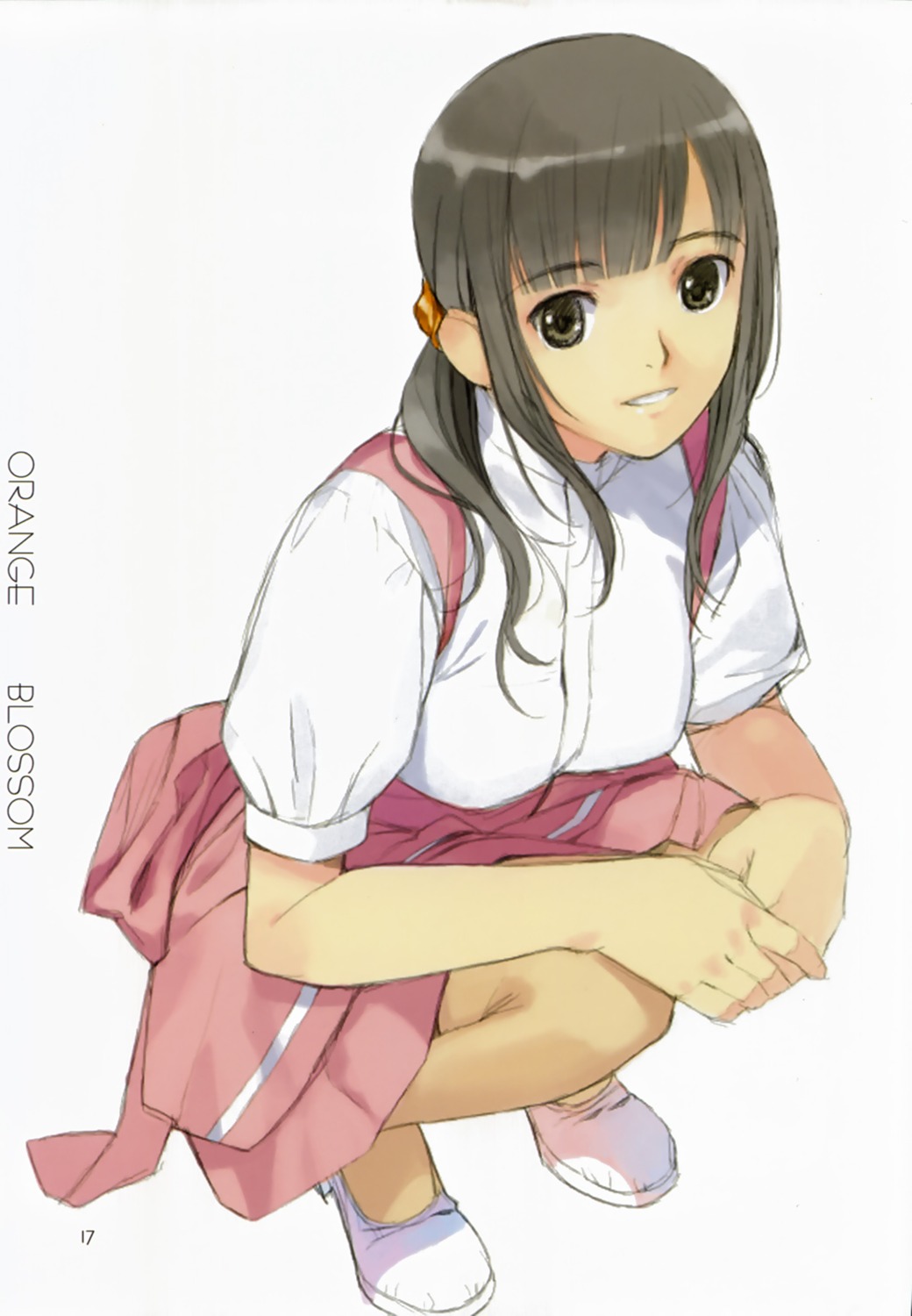« Previous Next » This post is #16 in the Lily Lily Rose (Mibu Natsuki) - Orange Blossom pool.
|
|
Please log in. To create a new account, enter the name and password you want to use.
If you supplied an email address when you signed up or added a email later, you can have your password reset.
|
|
« Previous Next » This post is #16 in the Lily Lily Rose (Mibu Natsuki) - Orange Blossom pool.


bakaneko
over 14 years agomidzki
over 14 years agoManabi
over 14 years agobakaneko
over 14 years agoI don't quite understand how DPI influences printing, since I rarely print.
Manabi
over 14 years agoYou can take DPI away when changing an image, but you can't add it back. To get higher DPI you need the original source image, and sometimes that source wasn't created with a high enough DPI for print to look good.
midzki
over 14 years agopetopeto
over 14 years ago- number of dots (1600x1200)
- number of inches, aka print size (20x15")
- number of dots per inch (80)
When you're talking about the resolution of a file on disk, the word "resolution" usually means the number of pixels in the image, but it can also refer to the DPI.
When you resize an image in Photoshop, you modify one of these properties, and the others change as a result. For example, if you change the above image to 800x600, then one of two things must also happen: either the print size changes to 10x7.5", or the DPI changes to 160.
In other words, you can increase the DPI, but when you do that you're also reducing the print size.
You can, in principle, take a 150 DPI poster and print it on an index card. The resulting DPI would be very high, since you're taking the resolution of the larger image and squeezing it into a small space. Similarly, you can take a telecard and make a poster out of it; the result is a very low DPI.
You can see how all of this interacts by playing with the Image Size dialog in Photoshop. You can change the pixel size, DPI and print size, but they're all naturally tied together.
There's little technical difference between "low print resolution" and "scanning_resolution" (though the artifacts may look different--printed low-res CGs tend to look aliased rather than blurry). The practical difference is that low print resolution is the book's fault, and is probably visible as a low-quality image on paper; excessive scanning resolution is scanning problem.